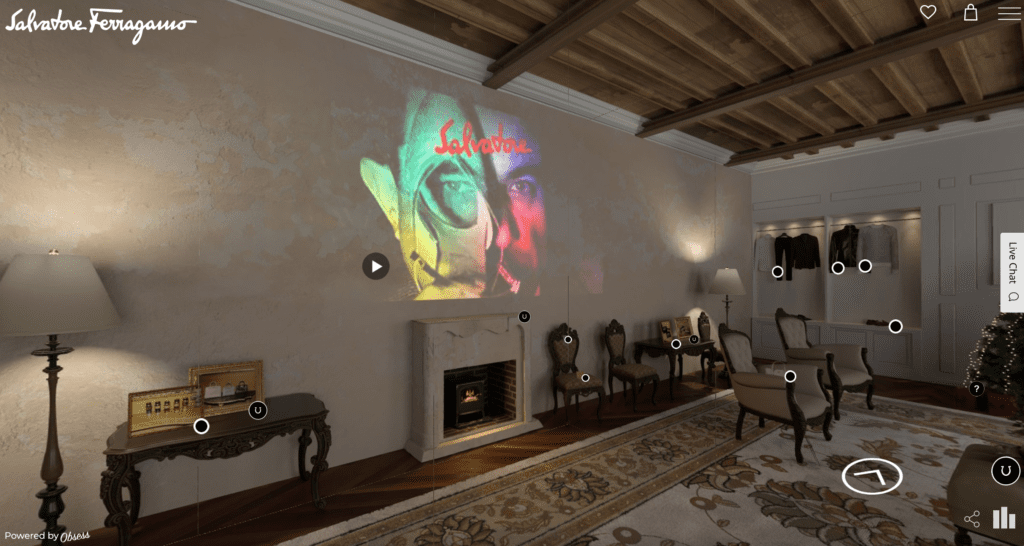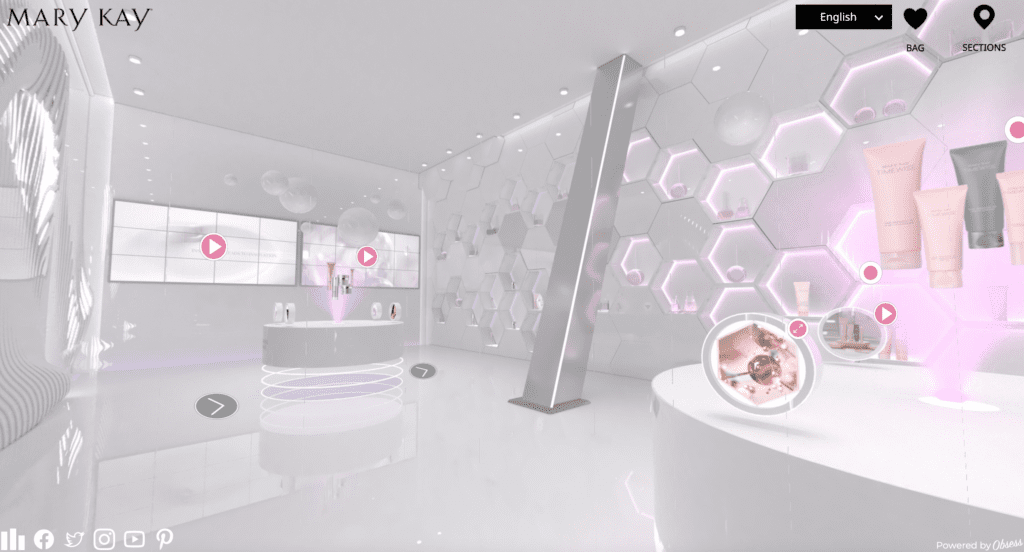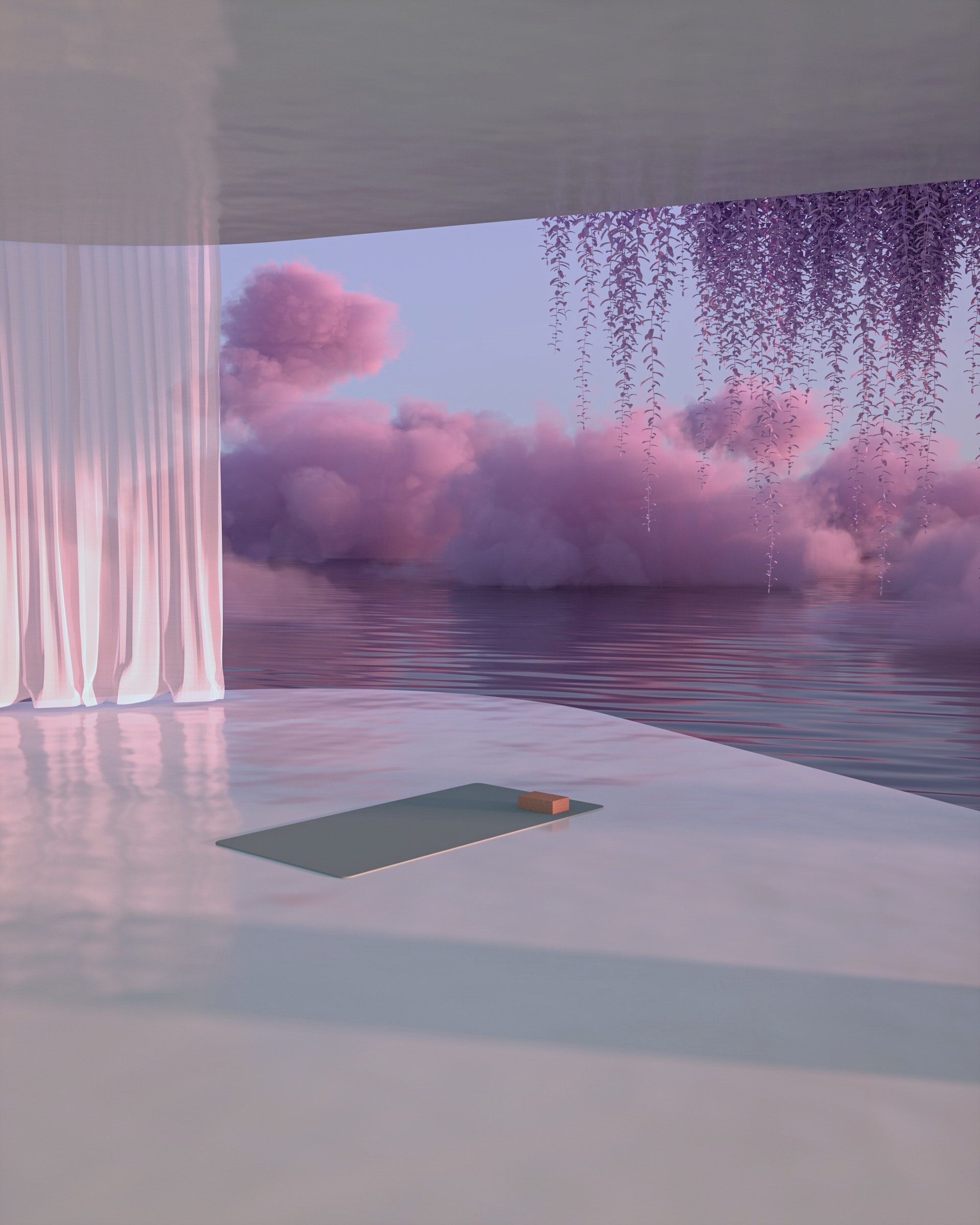The metaverse is a term used to describe an online shared space where people can interact with each other and with computer-generated characters and objects. It is a parallel reality that emerges from the combination of several virtual worlds to form a distinct new universe. The term was first coined by science fiction writer Neal Stephenson in his novel ‘Snow Crash’ 30 years (!) ago.
The metaverse is becoming more relevant as people spend more time online. The improvements and advances in virtual reality (VR) technology and the studies of brain implants (Neuralink) are making the metaverse a more realistic prospect. And, like everything else, a big part of the future of retail is in VR, so businesses will need to adjust to this new environment.
We’re already starting to see more and more brands experiment with ways to bring their products and services into this new digital world. And while there are still a lot of unknowns about how the metaverse will ultimately take form, one thing is certain: the gaming experience will play a big role in shaping how brands interact with consumers in this new digital landscape. This entire concept is still in its infancy, but there’s no reason to not plan ahead.
And it seems beyond daunting, especially for small business owners, to prepare for this new reality. I’ve conducted an in-depth and extensive research on it, so grab a cup of coffee (or a glass of wine, depending on the time you’re reading this) and immerse yourself into this exciting new world.
How do I get in?
I’ve realised that there’s a way to ease yourself into the metaverse concept that is very digestible and already applicable. It consists of creating a digital 3D store for your business, may it be product or service-based. This is different from buying digital real estate in the already existing metaverses Roblox, Fortnite, etc.
The CEO of ‘Obsess’, an experiential e-commerce platform, Neha Singh, points out that the traditional e-commerce format is still the same as 25 years ago (!), when Amazon started selling books online, which most retailers had to adopt for every other kind of product. It’s interesting that after a quarter of a century, we’re still using the same interface to display and market our products. Is it because it’s the most effective way, or are we just resistant to change?
We are wired to perceive the world in 3D, that is our natural way, it’s how we’ve learned to make sense of our environment since birth. In the last years, we had to adapt to a 2D world on our screens, but it’s not our default. So it’s quite logical for technology to evolve in a way for us to go back to our natural way of interacting with our surroundings, and that includes the retail experience.
So how exactly does this work?
Let’s go back to understanding the 3D e-commerce concept. You don’t need to have a VR headset to experience it (but you can, if you have one available), you can simply orbit around the space on your desktop or mobile. You can walk around the space, zoom in and zoom out and explore the ‘universe’ of the brand.
So if, for example, you have a business that markets beauty products, you can create a space that reflects either a traditional retail store or perhaps a luxurious spa or even a bathroom. There you can display your products the way your customers would experience them. You’ll give them the chance to see how the product will look in that specific environment, it creates context. This makes the experience more realistic, therefore increasing the chance of making a sale.
You will be able to create your own universe and a desirable lifestyle for your customers, a space that reflects your brand identity. You can have a video on one of your virtual bathroom walls that tells the story of your business or how the product is manufactured. This goes back to the gaming experience I’ve mentioned before. We seek to be entertained, we like to explore, so maybe there’s a hairbrush lying on the bathroom counter and if you click on it, you’ll be transported into a secret world where you can play a quiz game and win a discount code. You could have an avatar of a celebrity taking you for a walk around the space and giving you beauty tips along the way. Brand storytelling will play an even bigger role in the Metaverse, the possibilities are infinite. Creativity will be our new currency.
Below are a few examples that you can explore to understand this concept. The Dior Beauty ‘Atelier of Dreams’ powered by Emperia, the Salvatore Ferragamo’s Virtual Italian Villa, and Mary Kay’s Studio 13 both powered by Obsess.


But everything is happening in Roblox, Fortnite, etc – so shouldn’t my store be there?
Good news, Obsess, for example, is planning to soon offer the possibility of adding your store to one of these metaverses. It’s important to first understand how your customers interact with your space so you can make an informed decision about where to place it. It’s the same concept of our current social media, your customers might be more active on Instagram than on LinkedIn, so maybe they fit better into Roblox than Fortnite or vice-versa.
And since we’re on the subject of social media, consumers are accustomed to interactive and social experiences in digital spaces, which e-commerce has failed to provide. However, this will be course-corrected, as it is an essential component of the metaverse. Who doesn’t love to go shopping with a friend? This will be possible by sending an invite link to meet through a virtual-call interface. My best friend lives in another country, so the possibility of going shopping with her at any time, over a glass of champagne, sounds very exciting.
The success of virtual stores will still consist of remaining earthbound, meaning, there still needs to be a component of practicality. Perhaps there’s a toggle where you can choose the option ‘I’m on the run’ and instead of having to walk through the store, you can simply type your product into a search bar.
We are still in the testing phase, so we’ll see quite a lot of failed attempts before getting it right, but also innovations that at this stage, our minds are probably still unable to grasp. I’m very excited to see the strategies brands will come up with to build their very own world in the metaverse.
Start your own journey by trying to reflect on ways you can implement the gaming experience in combination with the community building and storytelling method into your own brand.
Tell me, are you ready to take your business into the metaverse? Bare Type Studio, with its expertise in branding and architecture, can help you build your brand universe in the real world and very soon, in the metaverse. 😉
Check out our Services here.

